Ecosystems
-
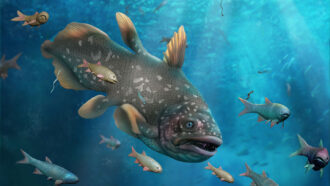 Paleontology
PaleontologyIn the wake of history’s deadliest mass extinction, ocean life may have flourished
Ocean life may have recovered in just a million years after the Permian-Triassic mass extinction, fossils from South China suggest.
By Nikk Ogasa -
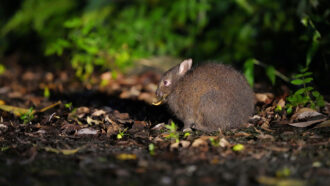 Animals
AnimalsA rare rabbit plays an important ecological role by spreading seeds
Rabbits aren’t thought of as seed dispersers, but the Amami rabbit of Japan has now been recorded munching on a plant’s seeds and pooping them out.
-
 Microbes
MicrobesScientists have found the first known microbes that can eat only viruses
Lab experiments show that Halteria ciliates can chow down solely on viruses. Whether these “virovores” do the same in the wild is unclear.
-
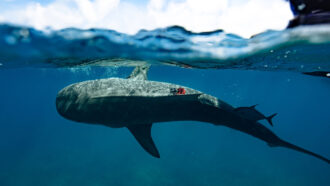 Ecosystems
EcosystemsTiger sharks helped discover the world’s largest seagrass prairie
Instrument-equipped sharks went where divers couldn’t to survey the Bahama Banks seagrass ecosystem.
By Nikk Ogasa -
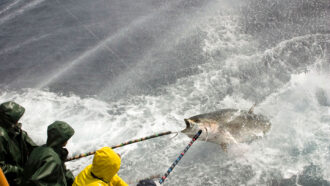 Oceans
OceansSharks face rising odds of extinction even as other big fish populations recover
Over the last 70 years, large ocean fishes like tuna and marlin have been recovering from overfishing. But sharks continue to decline toward extinction.
By Jake Buehler -
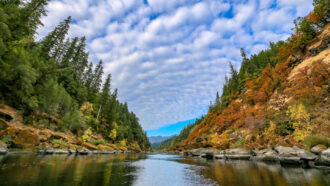 Environment
EnvironmentHeat waves in U.S. rivers are on the rise. Here’s why that’s a problem
In recent years, heat waves in U.S. rivers have gotten more frequent, causing trouble for fish, plants and water quality.
By Jude Coleman -
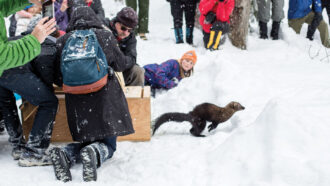 Animals
AnimalsTree-climbing carnivores called fishers are back in Washington’s forests
Thanks to a 14-year reintroduction effort, fishers, or “tree wolverines,” are once again climbing and hunting in Washington’s forests after fur trapping and habitat loss wiped them out.
-
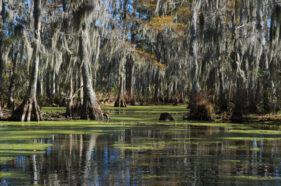 Ecosystems
Ecosystems‘Fen, Bog & Swamp’ reminds readers why peatlands matter
In her latest book, author Annie Proulx chronicles people’s long history with peatlands and examines the ecological value of these overlooked places.
By Anna Gibbs -
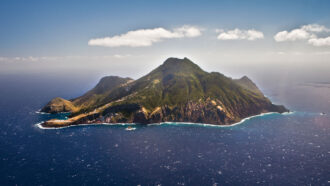 Ecosystems
EcosystemsA Caribbean island gets everyone involved in protecting beloved species
Scientists on Saba are introducing island residents to conservation of Caribbean orchids, red-billed tropicbirds and urchins.
By Anna Gibbs -
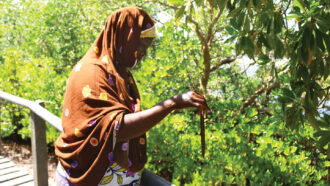 Climate
ClimateHow Kenyans help themselves and the planet by saving mangrove trees
Communities in Kenya took action to restore their coastal mangrove forests, reaping economic and environmental benefits. Others are following suit.
-
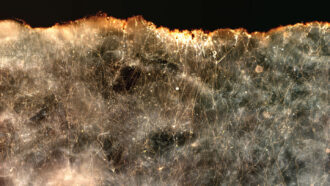 Environment
EnvironmentElectrical bacteria may help clean oil spills and curb methane emissions
Cable bacteria are living electrical wires that may become a tool to reduce methane emissions and clean oil spills.
By Nikk Ogasa -
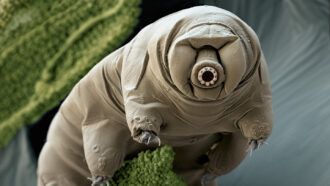 Animals
AnimalsTardigrades could teach us how to handle the rigors of space travel
Tardigrades can withstand X-rays, freezing and vacuum. Now researchers are learning how they do it, with an eye toward human space travel.
By Douglas Fox